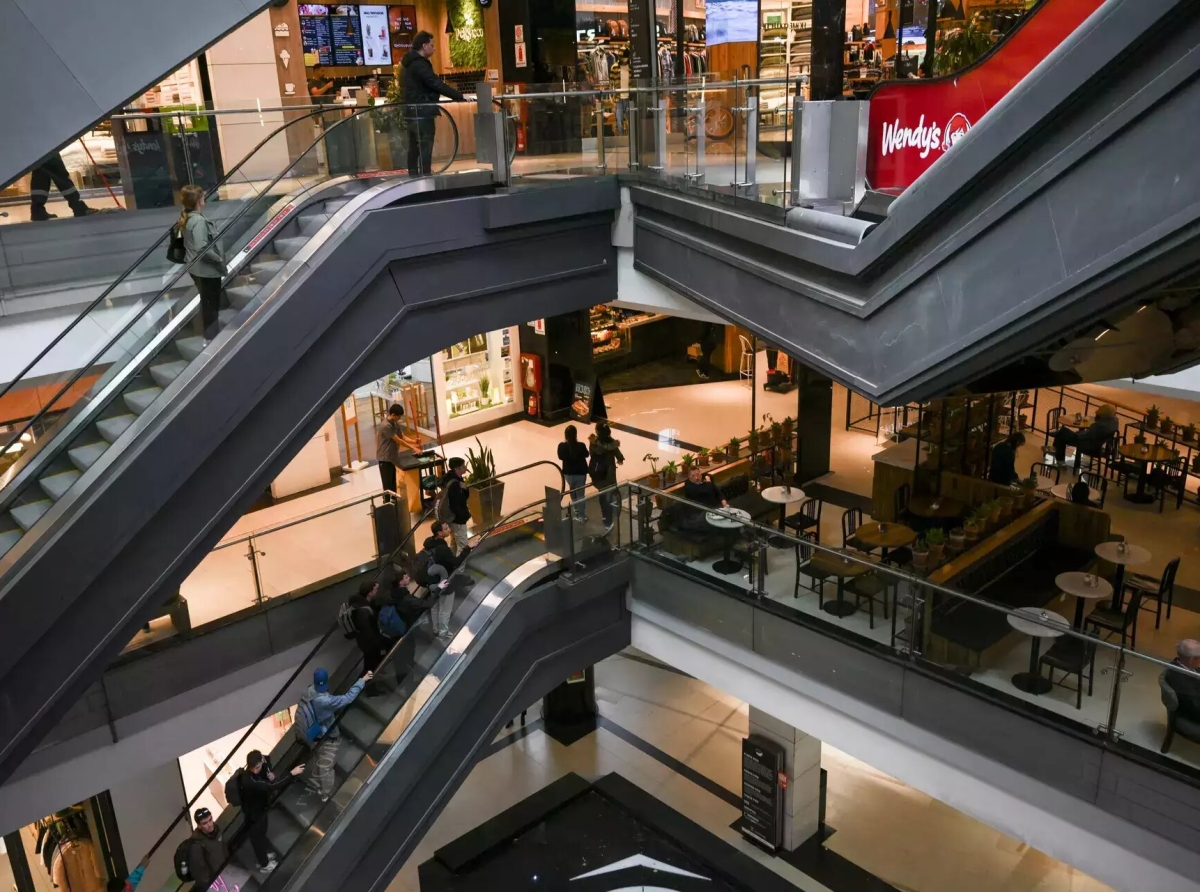Malls open their doors to D2C brands as they experiment with short-term contracts, temp stores

Adapting to the dynamic nature of the market, rising popularity of digital-first brands, and growing GenZ consumer base, shopping malls are actively opening their doors to online-only D2C brands going offline. “D2C brands are moving to the next phase of growth and recognize the need for an all-channel approach to reach more consumers and go deeper into geographies. More and more D2C brands are today going offline,” says Rajneesh Mahajan, CEO, Inorbit Malls. In fact, mall developers are working on short-term leasing agreements, pop-up stores, and experimental store models allowing D2C brands the opportunity to test waters before long-term leasing commitments.
Fashion brands lead the charge
While D2C brands across various categories are entering the mall space, fashion and apparel brands are a significant portion of this new wave. A handful of brands have already started making a mark. “D2C brands are doing about 25 per cent higher per-square-foot sales in the same category than other brands,” says V Muhammad Ali from Prestige Group. These brand's target customers are young and niche. They are doing product personalization and connecting with customers on a deeper level.
Newme, a fast-fashion brand, has opened four stores and is seeing a healthy contribution from offline sales to its revenue. The brand started with a short-term lease agreement for its first store but is now transitioning to long-term partnerships with malls. Shivam Tripathi, Co-founder, Newme, attributes this shift to the growing focus of malls on attracting younger customers, which aligns perfectly with Newme's target audience.
Zouk, an accessories brand, believes that D2C brands will be instrumental in driving GenZ and millennial shoppers, who have significant spending power, back to malls. Pradeep Krishnakumar, Co-founder of Zouk, expects offline sales to contribute around 25 per cent to the brand's overall business in coming years. Zouk currently has three stores and plans to expand to 20 outlets.
Similarly, Damensch, a menswear brand, is eyeing increased presence across 700 multi-brand outlets and currently enjoys a 14 per cent contribution from offline to its overall revenues.
Nestasia, an e-commerce home decor brand, has witnessed a 25-50 per cent increase in sales per square foot in its physical stores compared to established brands in the same category and malls. This success has prompted the brand to expand its store network from 4 to 15 by the end of the current financial year.
Benefits for both malls and D2C brands
The shift towards mall partnerships is mutually beneficial for both parties. Malls gain access to new and popular brands that attract younger demographics, leading to increased foot falls. D2C brands benefit from the exposure to a large and diverse customer base, the ability to provide a physical touchpoint for their products, and potentially higher sales per square foot compared to traditional brands. "We work with D2C brands that have reached a certain threshold and can sustain for at least a year," explains a Litestore spokesperson. "Initially, we started with a brand rotational model, however, as the market has matured we are working on more long-term associations."
Indeed, the partnership leads to:
• Higher sales per square foot: D2C brands are generating significantly higher sales per square foot compared to traditional brands. As Ali highlighted that D2C brands are doing about 25 per cent higher per-square-foot sales in the same category than other brands.
• Attract younger demographics: D2C brands tend to cater to a younger and niche customer base that malls are eager to attract. As Tripathi says, malls today are focused on driving footfalls of younger people and prefer D2C brands that cater to this audience.
• Product personalization and deeper customer connection: D2C brands are known for their focus on product personalization and building deeper connections with customers. Ali attributes this to the fact that D2C brands have a very young and niche target customer.
The future looks bright for D2C brands in malls. As D2C brands seek to expand their reach and malls look to attract new customers, partnerships between the two are likely to become even more common. One can expect to see more malls offering flexible leasing options and experimenting with pop-up stores to accommodate D2C brands. Additionally, fashion/apparel brands are likely to continue to be at the forefront of this trend.
























